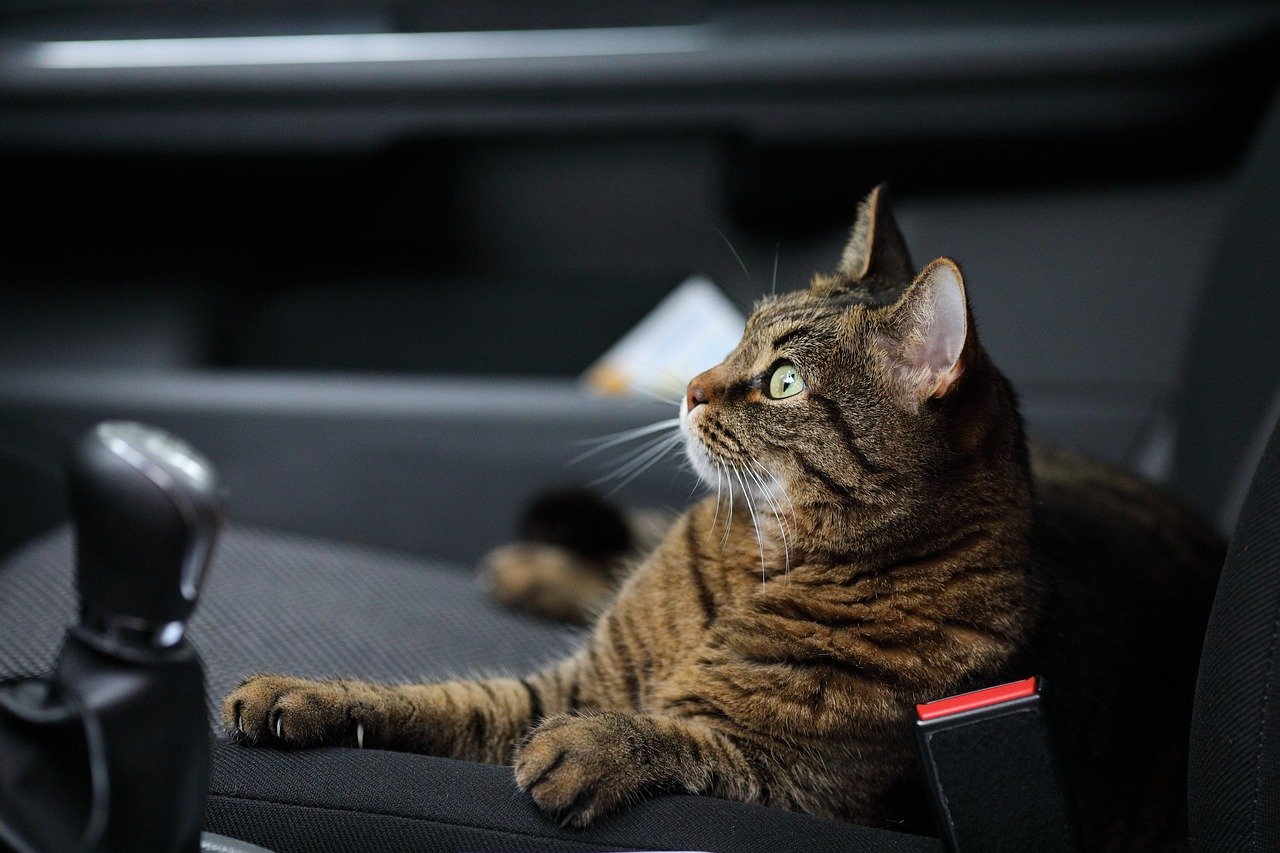Tips for Traveling With Your Pet During the Holidays
Sixty percent of travelers holiday with their pets, according to a 2022 WagWalking survey. If pet travel was more convenient, 73% of the study’s respondents would bring their furry friends occasionally, while 59% would travel with them most or all of the time.
Besides keeping each other company, trips with your pet are an opportunity to bond, see new places, and meet new people. However, careful planning is crucial to your pet’s safety and well-being.
Before The Trip
Here are some things to take care of before you take your trip:
Health Checkups
Many countries, states, airlines, and hotels impose health and vaccination guidelines for animal travel. But besides compliance, health checkups identify pre-existing conditions to ensure your furry companion travels with comfort. Medical exams also provide peace of mind–you don’t have to worry about your sick pet transmitting diseases to other animals.
Consider Microchipping Your Pet
Although microchipping isn’t a requirement for all jurisdictions, this implant offers easy identification for a faster reunion with your lost animal. Veterinarians, animal shelters, and animal control agencies can scan the chip and find your name, address, and contact information. Moreover, microchips act as a backup when collar tags fall off or are illegible.
International Travel
In San Diego, international travel is not uncommon. Research your destination’s animal travel laws or whether they accept pets in the first place. For example, any dog entering the U.S. must appear healthy according to the CDC. There's also a temporary suspension for dogs from high-risk rabies countries. Additionally, the U.S. doesn’t allow entry for pets like primates or African rodents, even if the animals were originally from the United States.
Look Up Pet-Friendly Accommodation
Review your hotel’s pet admission policy before booking–the last thing you want is to be stranded with your pet in a foreign land. Confirming with the hotel also allows you to make preparations in advance. For example, you can request pet-friendly rooms with convenient access to outdoor areas. You can also arrange for concierge services like pet grooming and pet sitting.
Check With Airlines
Some airlines only allow specific pet sizes and breeds in the cabin, mostly requiring them to sit in a carrier under the seat. For others, animals have to travel as cargo in ventilated and heated holds. The animal might even travel in a different flight. However, most airlines make exceptions for service animals–depending on the size, your pet can sit in your lap or foot space.
Pack the Necessary Pet Essentials
Your pet travel kit should include:
Food and water, including treats
Necessary medications and relevant prescription copies
ID tags
Familiar items like the pet's favorite toys, bedding, and blankets to help reduce travel anxiety.
Cleaning supplies such as waste bags, pet-friendly cleaning solutions, and paper towels.
Comfortable, well-ventilated carriers for smaller pets. Allow your furry friend to get used to staying in a confined space before the actual travel day.
During the Trip
Feed the pet approximately four hours before traveling to avoid motion sickness. Feeding your dog or cat in a moving car could also cause choking or leave a mess. You can also take your pet buddy for a walk or play session to release excess energy and tire them out for minimal disruption during the journey.
If you’re driving, stop every 2-3 hours to stretch and take potty breaks. However, don’t leave pets unattended in the car, especially in extreme temperatures. Cars heat up and cool down quite fast, exposing your furry friend to heatstroke and hypothermia. The animal may also get stressed from staying alone even if you’re away for a short time.
Another risk is theft–it’s not uncommon for people to break into vehicles and steal animals. When it comes to safety, secure your best friend with pet seat belts, barriers, and travel crates to prevent motion sickness and injuries in the event of accidents and sudden stops. If you’re flying, reach the airport early to allow enough time to go through security and check-in.
At The Destination
Once you’re at your destination, there’s still work to be done!
Inspect the Environment
Even if your hotel is pet-friendly, check the room for potentially hazardous materials such as exposed electrical cords, cleaning products, and toxic plants. Additionally, ensure the windows are closed or secured with screens to prevent the animal from escaping or falling. You can then allow your pet buddy to get acquainted with the new environment and feel at home.
Maintain Normal Routine
Stick to what you would normally do at home–including maintaining the same feeding, exercise, and sleep patterns. The new environment is already stressful enough and adhering to your normal routine helps them adjust much faster.
Know the Nearest Vet
Even if you’ve been cleared to travel by your vet at home, you need someone nearby to care for your pet when they get sick or injured. Remember, it’s not just about finding the nearest animal hospital, check online reviews for the vet’s reputation and quality of care.
Contact us to make an appointment today!
Read more:


